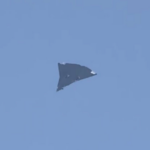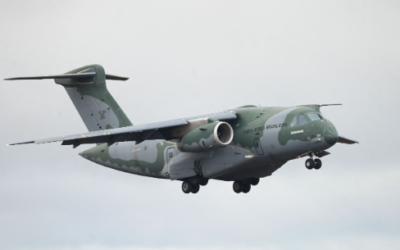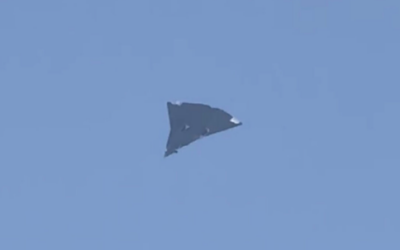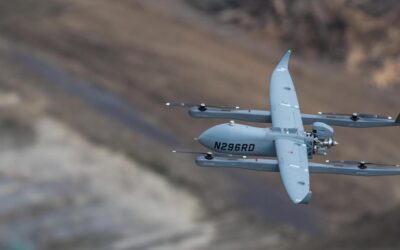Brazil’s Embraer announced on Friday that it has signed a contract to sell two C-390 Millennium transport aircraft…

Today’s threats from land, sea and air, such as unmanned aerial vehicles and cruise missiles, pose additional challenges to conventional air defence models.
Existing anti-aircraft systems that use guided anti-aircraft missiles entail limitations, in terms of the availability of ammunition (missiles), but also the production cost of such a technology. Each engagement of an advanced anti-aircraft missile costs from several thousand to several million dollars, regardless of the target engaged, which may cost as little as a few thousand dollars, as can be seen in the graph below.
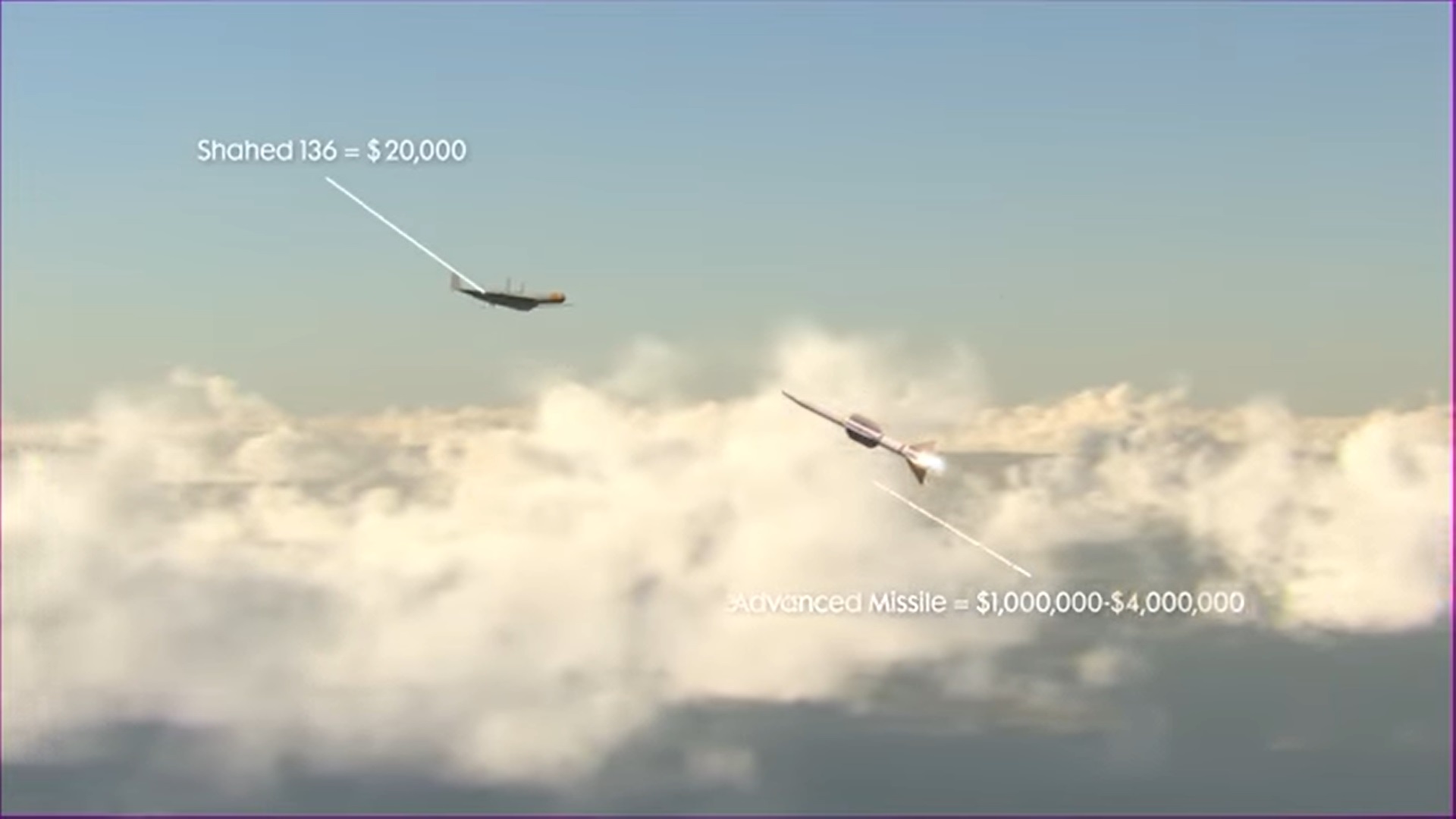 Indicative cost of anti-aircraft missile compared to today’s threats ©Northrop Grumman
Indicative cost of anti-aircraft missile compared to today’s threats ©Northrop Grumman
In this framework, Northrop Grumman is currently testing the development of anti-aircraft guided projectiles, launched from existing platforms such as armored vehicles with small-caliber guns and artillery systems, e.g. 155 mm.
 Anti-aircraft guided projectiles ©Northrop Grumman
Anti-aircraft guided projectiles ©Northrop Grumman
The company’s solution is the guided projectiles of various calibers which, in addition to the explosive charge, carry a guidance system and sensors and explode at a predetermined distance from the target, thus destroying it by a direct hit or by fragmentation of the projectile.
 Firing a Mark III Airburst munition from a Bushmaster gun against a drone ©Northrop Grumman
Firing a Mark III Airburst munition from a Bushmaster gun against a drone ©Northrop Grumman
As mentioned above, the US company intends to develop the specific missiles in various calibers, with the smallest being 30mm, so that a multi-layered air defence can be achieved, with platforms capable of high firing rates but also cost-effective solutions, which will be able to engage in saturation attacks, from swarms of small drones to missile attacks.
 Incoming saturation attack detection ©Northrop Grumman
Incoming saturation attack detection ©Northrop Grumman
Based on this philosophy (canon based), air defence is not entirely new, but the focus is on large caliber (120 mm +) anti-aircraft projectiles and the interconnection of sensors, combat management and control systems so as to achieve multi-layered air defence (at LRAD) at a lower cost.
In addition to Northrop Grumman, several other companies have shifted their attention to the development of similar ammunition for some time, such as Germany’s Rheinmetall with its Ahead ammunition (in calibers up to 35 mm for the moment) and KNDS’s Nexter Airburst ammunition.
The dispersion of fragments from such projectiles creates a cloud of sub-projectiles, capable of destroying threats such as rockets, artillery and mortar shells, as well as other low-flying vehicles such as unmanned aerial vehicles and cruise missiles. The engagement range for such systems (C-RAM) varies depending on the missile, whereas for close air defence it does not usually exceed 4 km. With Northrop Grumman’s new large-caliber ammunition, however, the range increases significantly.
 Various platforms to use CBAD ammunition with 30-155 mm caliber guns © Northrop Grumman
Various platforms to use CBAD ammunition with 30-155 mm caliber guns © Northrop Grumman
At this point it should be mentioned that canon-based Air Defence does not replace air defence using advanced missiles (of all categories), but rather aims to complement it with more cost-effective solutions for targets of low value, capable of causing great damage, something which is often proven in Ukraine. Any solutions also presented in the future for CBAD-type Air Defence will not be able to work without the interfacing of sensors (radar) to detect threats and any combat management systems the end-users may have.
Watch the following video depicting the graphic illustration of how the new-generation CBAD Air Defence works.
READ MORE
China | Images of New Prototype Sixth-Generation Stealth Fighter Jets
Images of two apparently new fighter jets with stealth features surfaced online in China yesterday, with defence experts saying they…
Ukraine | The new missile Trembita in the foreground
Ukraine is developing a new cruise missile system, called Trembita, which will be able to carry strike capabilities as far as Moscow.
Embraer | Signing of a Contract to Supply two C-390 Transport Aircraft to an Undisclosed Customer
Brazil’s Embraer announced on Friday that it has signed a contract to sell two C-390 Millennium transport aircraft…
Somalia | ‘Green light’ to Deploy New African Union Force to Counter Shebab
The UN Security Council gave on Friday the green light to a new African Union force expected to be deployed within days to Somalia…
China | Images of New Prototype Sixth-Generation Stealth Fighter Jets
Images of two apparently new fighter jets with stealth features surfaced online in China yesterday, with defence experts saying they…
Ukraine | The new missile Trembita in the foreground
Ukraine is developing a new cruise missile system, called Trembita, which will be able to carry strike capabilities as far as Moscow.
USA | Approval for the Sale of Aerosonde Drones for Greece’s M1117
The State Department has approved the sale of Aerosonde unmanned aerial systems (UAS) to Greece for approximately $30 million, which will…
Denmark | Huge Increase in Defence Spending for Greenland
Denmark announced a huge increase in defence spending for Greenland. Danish Defence Minister Troels Lund Poulsen said…










